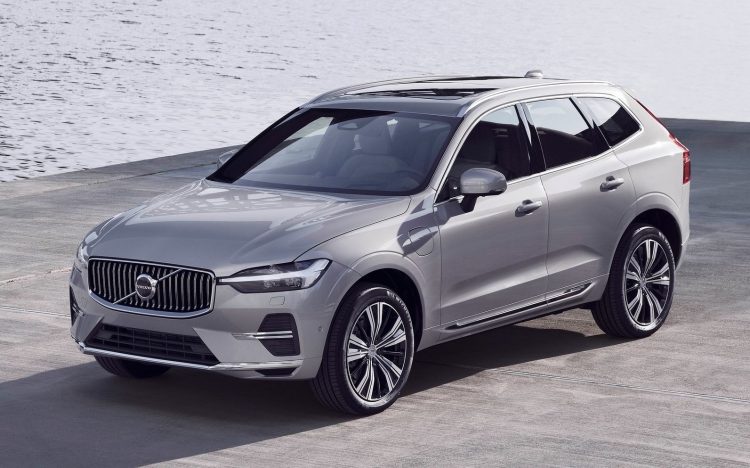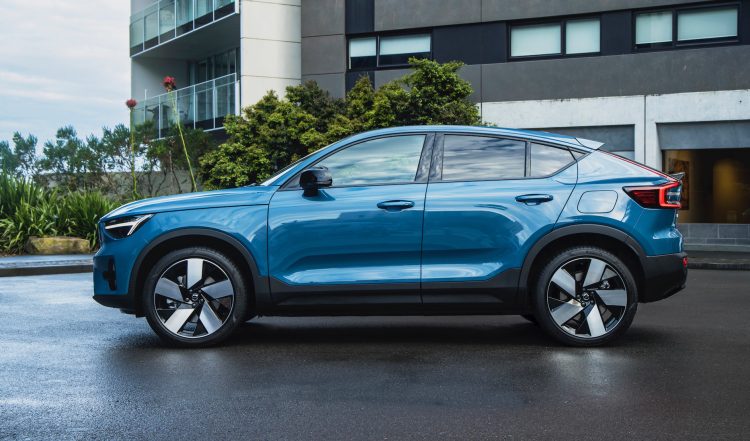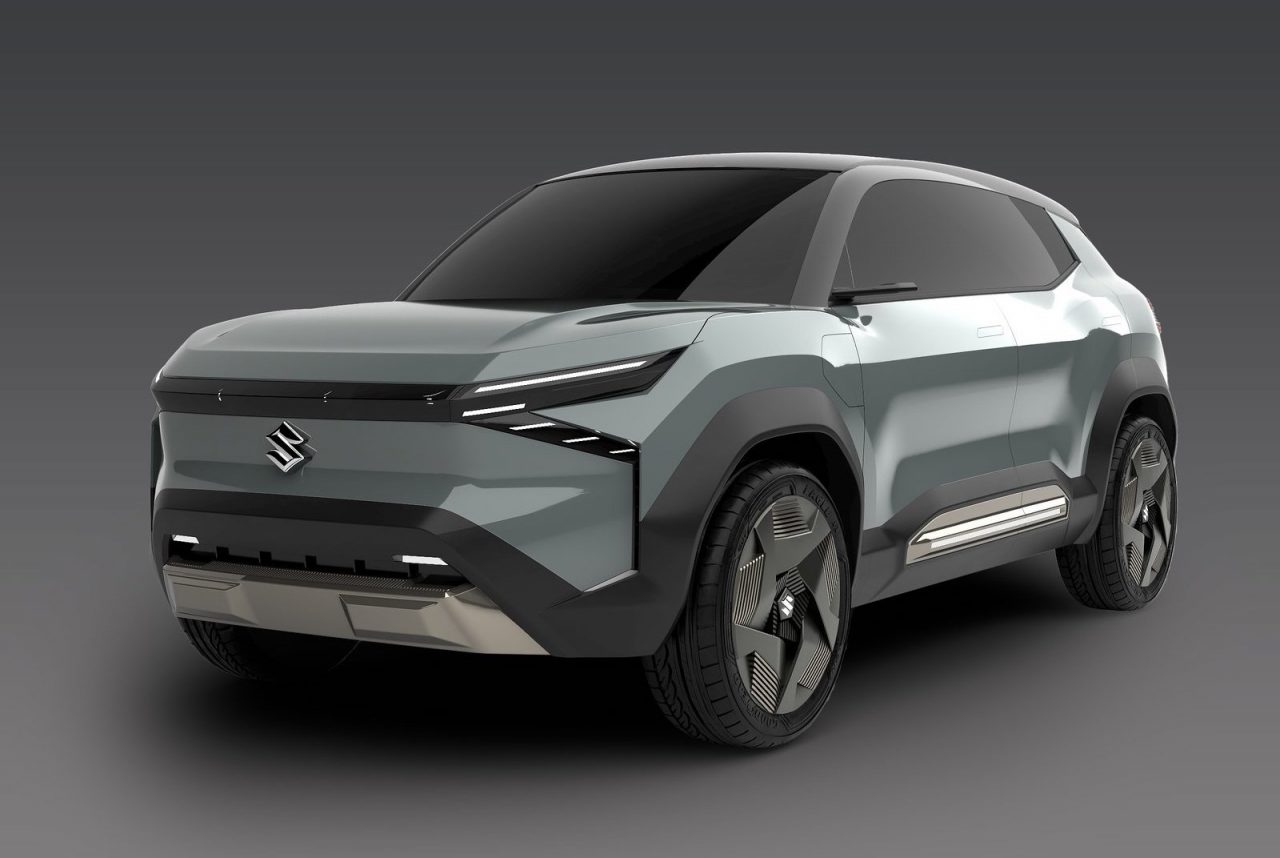Volvo Cars has released its global sales figures for 2022, revealing a steep drop in deliveries due to supply chain constraints and lockdowns in China. However, the company has reported a significant rise in battery-electric vehicle deliveries.
The mixed set of results was headlined by a significant drop of 12 per cent for Volvo’s total deliveries in 2022, which stood at 615,121 units for the year. Volvo says that the drop was caused solely by component shortages and COVID-related lockdowns in China, adding that demand remains “robust”.
Of those, 10.9 per cent, or 66,749 vehicles were fully electric, up from the 25,727 fully electric vehicles shipped in 2021. However, the positive trend for Volvo’s fully-electric lineup seems to have come at the cost of its plug-in hybrid offerings, which dropped 15.2 per cent in 2022 to 138,603 deliveries around the globe.
All up, Volvo’s Recharge lineup – which includes PHEVs and BEVs – accounted for 20.1 per cent of the company’s total deliveries in 2022. This trend is only going to grow as Volvo strives towards its goal of having all of its fleet transitioned to electric-only powertrains by 2030, and by 2026 in Australia.
The Volvo XC60 remains Volvo’s best-selling model around the world, with 195,338 vehicles delivered, followed by the XC40 with 169,206 sales and the XC90 with 97,130 vehicles. The European market remains Volvo’s single-largest market with a 247,413-unit share of the 615,121 total, followed by China and the United States who snapped up 162,332 and 102,038 vehicles, respectively.
In Australia deliveries hit 10,715 units, which is an all-time record for the local hub. It’s also up 18.7 per cent on 2021 efforts, which was also a record year at the time. The best-selling model here was the XC40 (5119 units, up 38.8 per cent), followed by the XC60 (3465, down 6.0 per cent), and then the XC90 (1258, down 4.9 per cent), according to December VFACTS figures.



